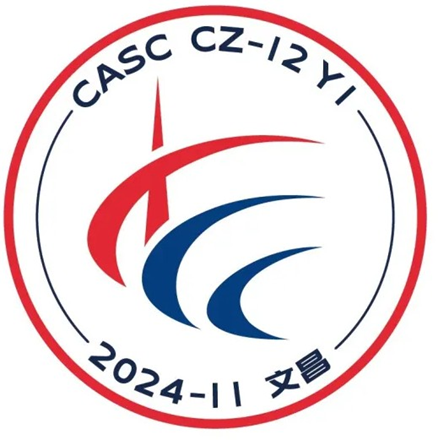
NEWS
China’s 4-meter-diameter launch vehicle, Long March 12, makes its maiden flight successfully
发布时间:
2024-12-04 08:57
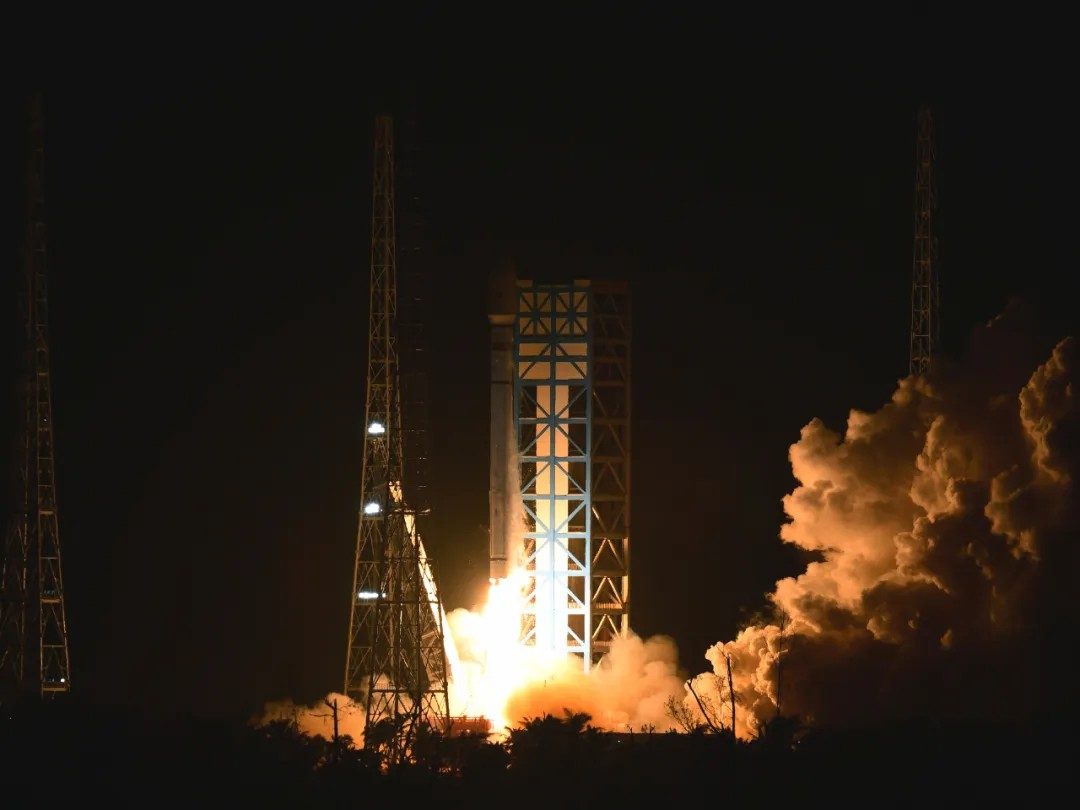
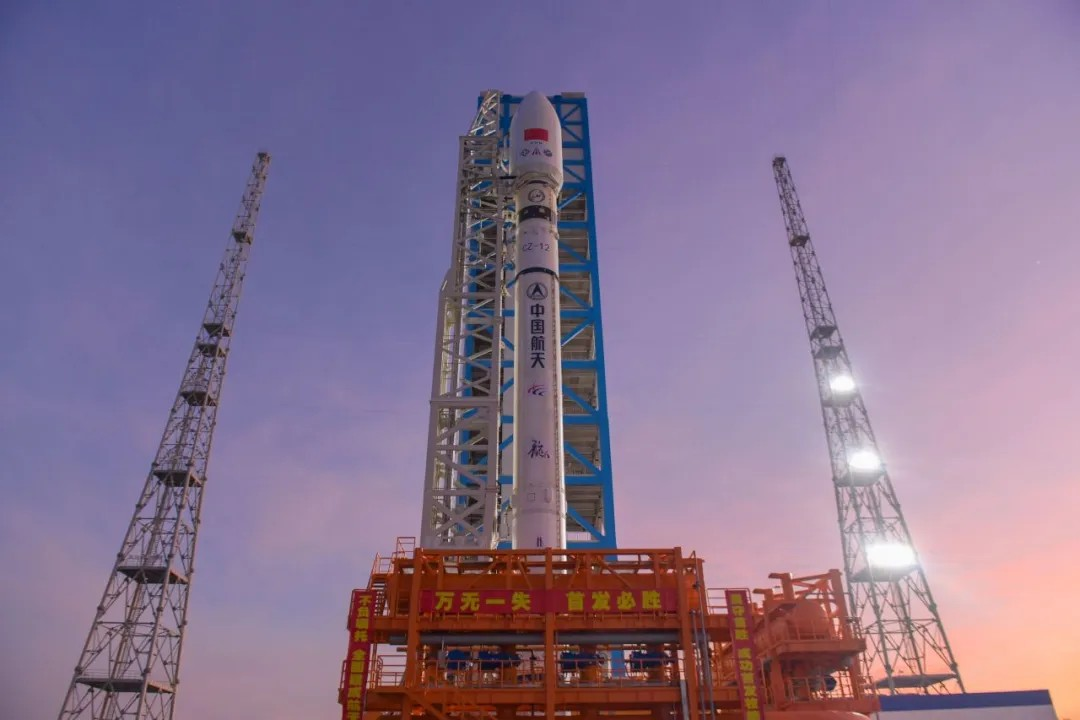
At 10:25 PM on November 30, 2024, China’s first 4-meter-diameter launch vehicle, Long March 12, was successfully launched from the Hainan Commercial Space Launch Site. It successfully placed the satellite internet technology test satellite and the technology test satellite 03 into their destination orbits, signaling a complete success of the launch mission!
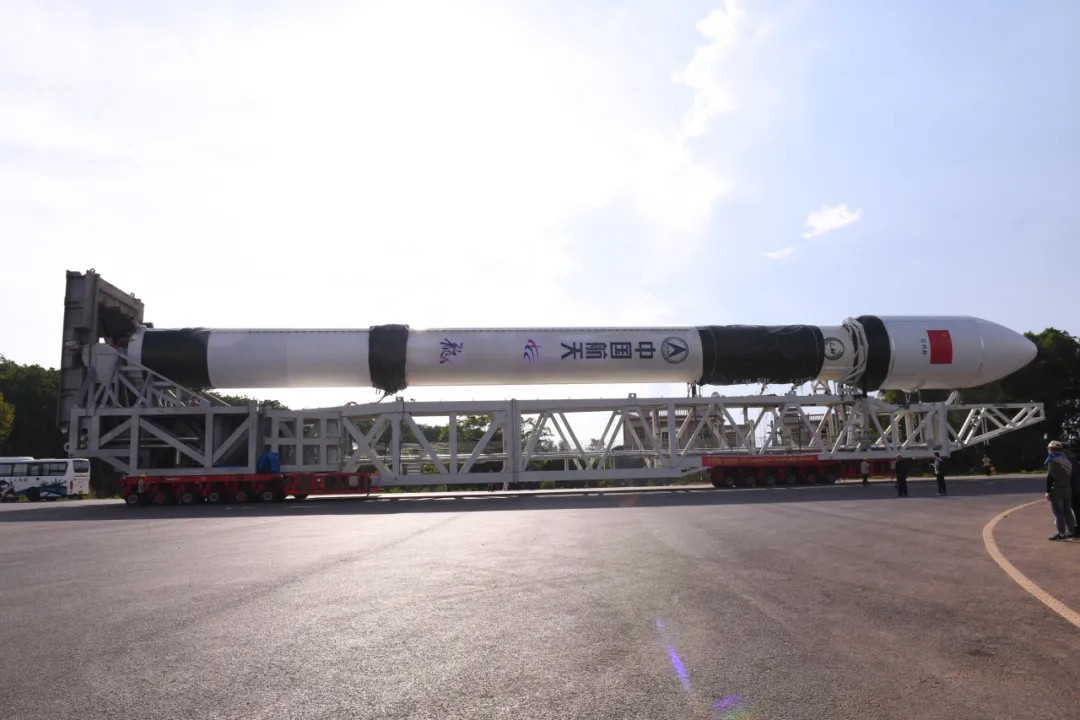
The Long March 12 launch vehicle was developed by Shanghai Academy of Spaceflight Technology. It’s designed with a simple two-stage structure and a 4-meter-diameter single-core configuration. The launch vehicle is about 62 meters tall and has a takeoff weight of around 430 tons. The first stage is powered by four liquid oxygen/kerosene engines, each providing 1,250 kN of thrust force, while the second stage uses two liquid oxygen/kerosene engines with a thrust force of 180 kN each. It has payload capacities of no less than 12 tons and 6 tons for deploying satellites into a low earth orbit and a 700-kilometer sun-synchronous orbit, respectively. Right now, it’s the most powerful two-stage single-core launch vehicle in China, and it can be fitted with fairings of either 5.2 meters or 4.2 meters in diameter depending on the mission, making it suitable to launch both single and multiple satellites into various orbits.
The Long March 12 launch vehicle is the first in the Long March series to have a 4-meter rocket airframe diameter, giving it a larger size, higher thrust, and better thrust-to-area ratio. This helps improve the rocket’s performance, bringing it up to current international standards. At the same time, the Long March 12 has overcome several new technological challenges, including health diagnostics management, hold down and release, liquid oxygen-compatible cold helium pressurization, aluminum-lithium alloy tanks, and fully autonomous monitoring under the “three-horizontal” model. These advancements have made the launch vehicle more reliable, safer, and easier to use, while also pushing forward the development of China’s next-generation launch vehicles.
01
More efficient: lightweight yet powerful carrying capacity

The Long March 12 launch vehicle features a newly designed 4-meter diameter rocket airframe structure, which increases its propellant capacity by 30% and boosts the thrust performance of its rocket module by 108% compared to traditional launch vehicles with a 3.35-meter diameter airframe. It’s also the first launch vehicle in China to use a new technology called liquid oxygen-compatible cold helium direct pressurization. This technology takes advantage of helium’s high density at low temperatures to reduce the number of pressurization bottles needed, which greatly improves the storage efficiency of pressurization bottles. As a result, it lightens the pressurization and conveying system, optimizes the launch vehicle’s overall design, and shortens its assembly time. In addition, the Long March 12 launch vehicle incorporates many new materials and processes during its development, which not only increases its structural-load-carrying capacity but also reduces its weight. These advancements have laid a technical foundation for achieving a greater payload capacity and the ability to handle a wider range of missions.
02
More intelligent: autonomous and reliable flight capability

To improve the launch reliability of the launch vehicle, the Long March 12 uses a newly developed hold down and release system, which is the first time this technology has been used in China. Specifically, before ignition and takeoff, the launch vehicle is held in place on the launch pad by the hold down and release system. Once the ignition is confirmed to be working properly, the system releases the launch vehicle, allowing it to take off smoothly. After launch, the intelligent health diagnostic system performs a real-time “check-up” of the launch vehicle, and monitors and diagnoses the condition information collected in real time. If any issues arise, the system isolates the issue and rearranges the flight plan, creating a new flight trajectory online for the launch vehicle to ensure the satellite reaches its destination orbit correctly.
03
More extensive: the ability to launch in various testing and launch models
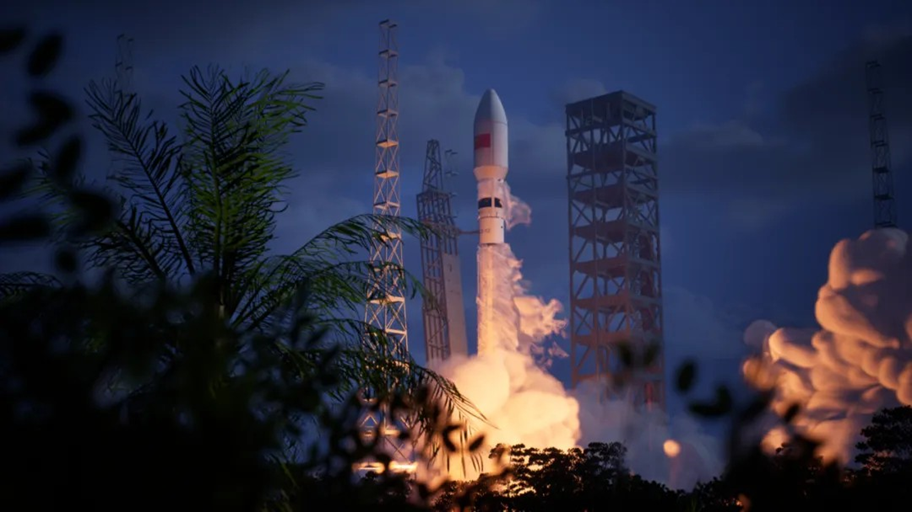
The 4-meter-diameter airframe of the launch vehicle further improves its ability to carry out multiple missions and makes it suitable for use at major launch sites in China. The launch vehicle also supports two different testing and launch models, i.e., “horizontal transport, vertical assembly, and vertical testing” and the “three-horizontal” testing and launch model. With the use of launch models like “horizontal transport, vertical assembly, and vertical testing” or “horizontal assembly, horizontal testing, and horizontal transport”, the testing and launch process becomes more efficient, thus taking up less time in the launch area and significantly shortening the overall launch cycle.
The successful maiden flight of the Long March 12 launch vehicle opens a new chapter in the development of new technologies, industries, models, and business forms for China’s commercial space sector. It plays a key role in advancing the commercial space development strategy and the goal of building China into a major space power, contributing to Chinese modernization through its space capabilities.
